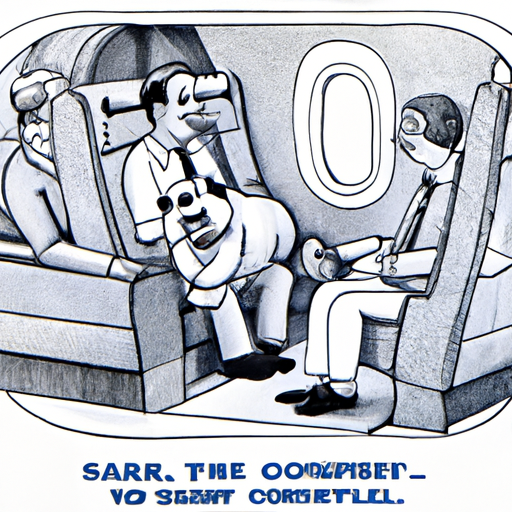As a caregiver, you understand the importance of ensuring the safety and comfort of those in your charge. When it comes to transporting dogs on planes, the same level of care and consideration should be applied. This guide will arm you with the knowledge you need to ensure your furry friend’s journey is as smooth and stress-free as possible.
1. Understanding Airline Policies
Each airline has its own set of policies regarding pet transport. Some airlines allow small dogs in the cabin, while others only permit them in the cargo hold.
-
In-cabin travel: This option is typically only available for small dogs. The dog must be able to fit comfortably in a carrier that can be stowed under the seat in front of you.
-
Cargo hold travel: Larger dogs will need to travel in the cargo hold. This area of the plane is pressurized and temperature-controlled, but it can still be a stressful environment for dogs.
Here is a table summarizing the pet policies of some popular airlines:
| Airline | In-Cabin | Cargo Hold |
|---|---|---|
| Delta | Yes | Yes |
| United | Yes | Yes |
| American | Yes | Yes |
| Southwest | Yes | No |
Before booking your flight, be sure to contact the airline directly to confirm their pet policies and any associated fees.
2. Preparing Your Dog for Travel
A key part of ensuring your dog’s comfort during the flight is proper preparation.
-
Schedule a Vet Visit: Make sure your dog is healthy enough to fly and that all vaccinations are up to date. Some airlines require a health certificate from a vet.
-
Pack Essentials: Pack a small bag for your dog that includes food, water, a leash, and any necessary medications.
-
Exercise Before the Flight: A tired dog is a calm dog. Try to ensure your dog gets plenty of exercise before heading to the airport.
3. Choosing the Right Carrier
Choosing the right carrier can make a significant difference in your dog’s comfort level during the flight.
-
Size: The carrier should be large enough for your dog to stand, turn around, and lie down comfortably.
-
Material: Hard-sided carriers are typically required for cargo hold travel, while soft-sided carriers are usually acceptable for in-cabin travel.
-
Ventilation: The carrier should have plenty of ventilation to ensure your dog can breathe comfortably.
-
Security: Make sure the carrier has a secure, locking door to prevent any accidental escapes.
4. On the Day of Travel
The day of travel can be stressful for both you and your dog. Here are some tips to help everything go smoothly:
-
Arrive Early: Arriving early will give you plenty of time to check in your dog if they’re traveling in the cargo hold.
-
Stay Calm: Dogs pick up on our emotions, so try to stay calm and positive.
-
Hydrate: Ensure your dog has access to water. For dogs traveling in the cargo hold, most airlines require a water container attached to the carrier.
5. After the Flight
Once the plane has landed, be sure to check on your dog as soon as possible. They will likely be anxious and excited to see you. Give them some water and take them for a walk as soon as you can.
FAQ
1. Can I sedate my dog for air travel?
While it might seem like a good idea to sedate your dog, most vets and airlines advise against it. Sedation can increase the risk of heart and respiratory problems.
2. What if my dog needs to relieve itself during the flight?
If your dog is traveling with you in the cabin and needs to relieve itself, some airports have designated pet relief areas. For dogs in the cargo hold, be sure to line the carrier with absorbent padding.
3. What should I do if my dog is anxious about flying?
If your dog is particularly anxious about flying, consider consulting with a vet or a professional trainer. They can provide you with strategies and tools to help ease your dog’s anxiety.
Remember, as a caregiver, your calm and informed approach will go a long way in ensuring a smooth flying experience for your dog. Safe travels!



